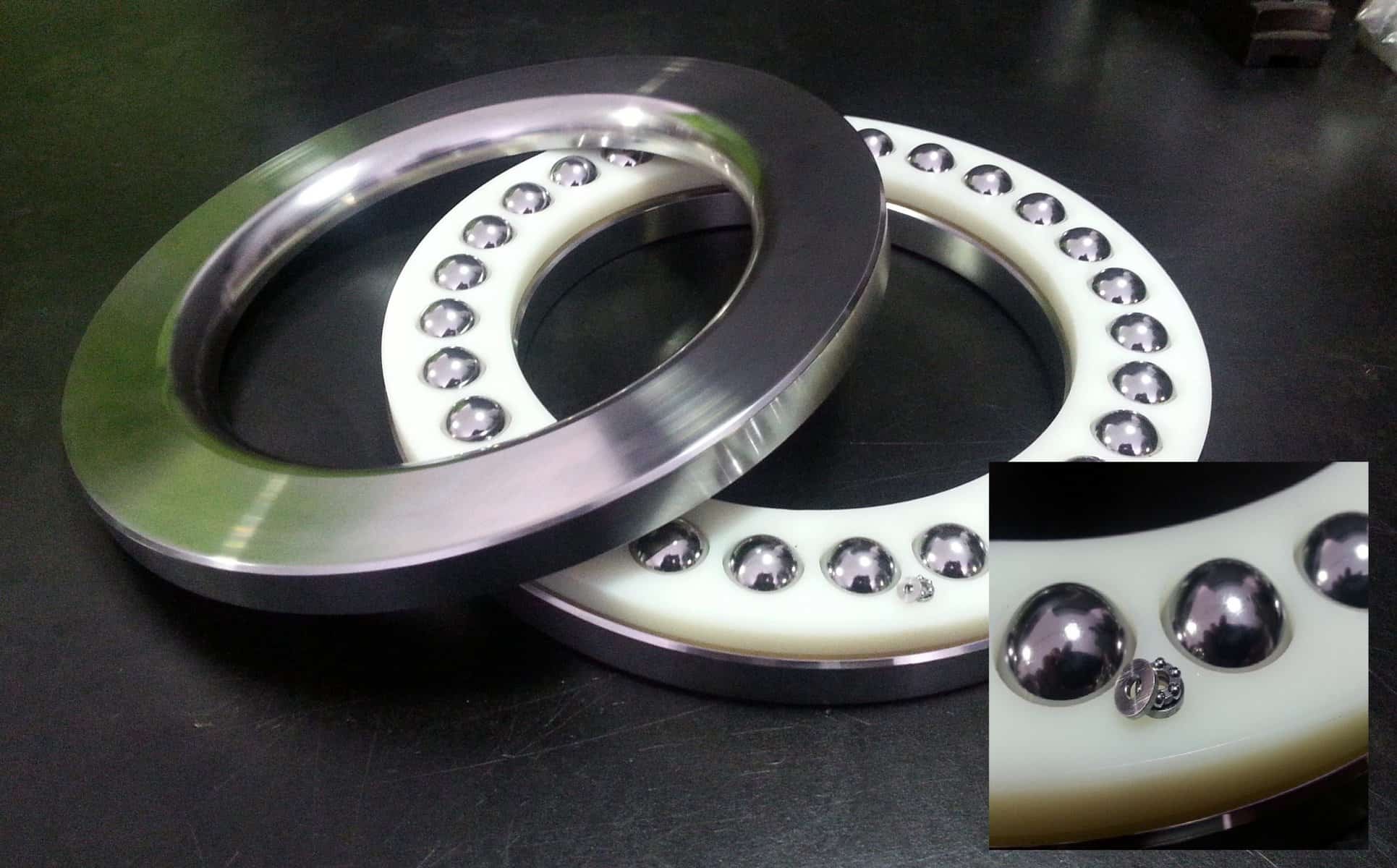What Are Ceramic Bearings Imagine bicycle
What Are Ceramic Bearings Imagine bicycle
Blog Article

Imagine a high-performance bicycle gliding smoothly along a winding mountain path. The thrill of speed and precision is not just a result of the bike's design, but also its components, particularly the bearings. Have you ever considered the role that ceramic bearings play in enhancing performance and longevity? Understanding ceramic bearings can unlock a new level of efficiency in various applications, from sports equipment to industrial machinery.
What Are Ceramic Bearings?
Ceramic bearings are engineered components made from ceramic materials, typically silicon nitride. They stand out for their superior hardness, lightweight nature, and resistance to wear and corrosion. Unlike traditional steel bearings, ceramic bearings can operate at higher speeds and temperatures, making them ideal for high-performance applications.
Advantages of Ceramic Bearings
The advantages of using ceramic bearings extend beyond mere performance enhancements. For instance, they have a significantly lower friction coefficient compared to metal bearings, which translates to less energy loss during operation. This feature is particularly beneficial in applications like electric motors or precision instruments, where efficiency is paramount.
Moreover, ceramic bearings are less susceptible to damage from contaminants, such as dirt or moisture. This durability means they often require less maintenance and have a longer lifespan than their metal counterparts. As a result, many industries are now incorporating ceramic bearings into their designs to enhance reliability and reduce downtime.
[IMAGE]
Applications of Ceramic Bearings
Ceramic bearings are versatile and find applications across various fields. In the realm of sports, they are commonly used in high-end bicycles and skateboards, providing smoother rides and improved handling. In the aerospace sector, these bearings help reduce weight while maintaining structural integrity, contributing to fuel efficiency and performance.
Additionally, industries such as robotics and medical devices have embraced ceramic bearings for their precision and reliability. For instance, in surgical instruments, the smooth operation of ceramic bearings allows for greater control and accuracy during procedures.
Considerations When Choosing Ceramic Bearings
While ceramic bearings offer numerous benefits, they also come with some considerations. The initial cost of ceramic bearings can be higher than traditional bearings, which might deter some users. However, when considering the total cost of ownership, including maintenance and replacement, the long-term savings can outweigh the initial investment.
Additionally, compatibility with existing systems is crucial. Not all applications will benefit equally from ceramic bearings, so it’s important to assess whether the advantages align with the specific requirements of your project. For more detailed insights into selecting the right bearings, you can refer to https://www.aubearing.com/the-ultimate-guide-to-ceramic-bearings/.
Conclusion
In a world where precision and performance are critical, ceramic bearings emerge as a game-changer. Whether in bicycles, industrial machinery, or medical devices, their unique properties set them apart from traditional bearings. By understanding their benefits and applications, engineers and enthusiasts alike can make informed decisions that enhance performance and efficiency.
Report this page